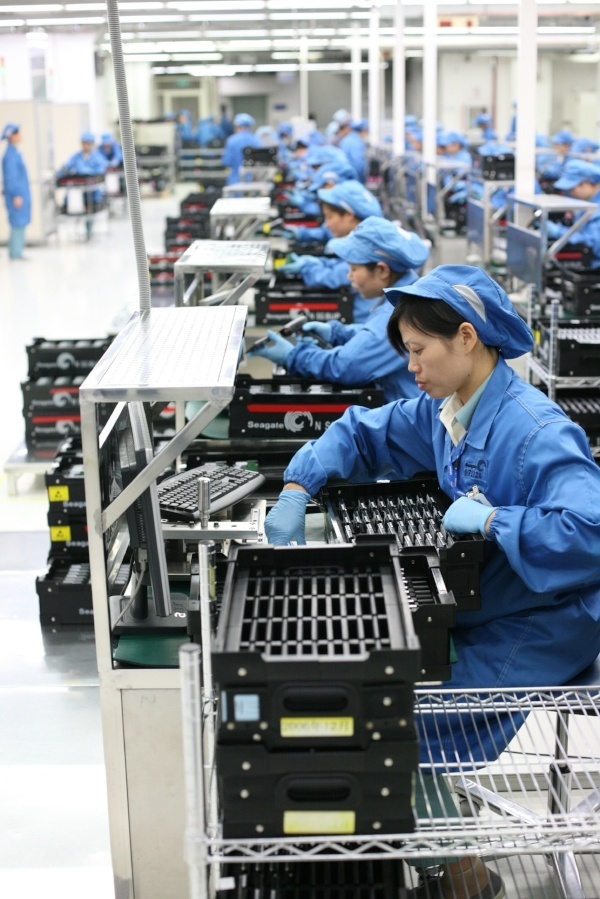Bottlenecks are a prevalent issue within manufacturing facilities around the globe. Bottlenecks pertain to any situation on the factory floor, whether it be humans or equipment, that diminish productivity and constrain the process. A bottleneck can be hindering to an operation and potentially put product at risk of being unable to be fulfilled on-time.

All manufacturing facilities and industries are seeking to increase uptime, reduce operational costs, and ultimately enhance their facility and ensure for an efficient operation. Bottlenecks are by far one of the most frequent reasons why projects are getting delayed, budgets are showcasing added costs, and your process is rather unpredictable. This is why it is essential to start diving into why our operation is unpredictable and ultimately being unable to fulfill customer orders on time. Within this blog we are going to discuss the key challenges when attempting to overcome the bottleneck operation and what areas to specifically take a look at when attempting to rid yourself of it.
Challenges in Overcoming Bottlenecks in Operations Management
Within operations management, there are various challenges when attempting to locate a proper solution for bottlenecks. As plant and operations managers are affected directly by this through production expenses and overall production time, understanding these key challenges can be extremely beneficial. The key challenges when managing bottlenecks through operations management include the following:
- Root Cause Identification – Identifying root causes can be rather difficult. Many problems that arise on production lines can at times be categorized as symptoms to a root issue. Identification of that root issue and locating what areas can be enhanced through eliminating the root issue is a must. You can locate root issues by taking inventory on the symptoms and problems on the line and conducting continuous improvement projects that allow you to pinpoint exactly where the issue may be.
- Manual Work – Out-dated methods and manual approaches that diminish productivity will only set your manufacturing operation back. With new technology and automation, you could potentially eliminate bottlenecks that are attributed to humans and essentially speed up the process altogether. This is by far one of the most beneficial aspects to look into.
- Lacking Visibility - Real-time visibility is common and a must within modern-day manufacturing facilities. Getting notified of the current status of your supply chain at all times will only benefit you in the sense that you can react accordingly and timely. Being aware of all stages can help with eliminating bottlenecks that pertain to production cycles and anything holding up the line.
Once identified, there are various methods that can help with managing bottlenecks through operations management.
How to Manage Bottlenecks Through Operations Management
Now that we have identified the challenges, how are we able to manage bottlenecks? It is important that once identified, that eliminating or managing them becomes priority. Managing these bottlenecks can be conducted in the following ways:
- Avoiding Them – Eliminating wasteful practices are by far the most advantageous concepts when attempting to eliminate bottlenecks. Looking into continuous improvement strategies and measuring certain areas pertaining to your supply chain can help you define the groundwork and locate where to start. Value stream maps, process flow charts, and metrics such as OEE can all be beneficial aspects to consider.
- Performance Optimization - Performance optimization is another concept that can aid with bottleneck management. This includes protecting the bottleneck from any unforeseen problems, both upstream and downstream. This may pertain to quality issues with product, human error on the production line, or others.
- Schedule Examination - Examining the production schedule and the process behind several different products can help with defining the ideal product mix. This can minimize overall demand on the bottleneck in a manufacturing and warehouse setting.
A software that can aid with bottleneck management and elimination is PlanetTogether’s Advanced Planning and Scheduling (APS) Software. Advanced Planning and Scheduling (APS) Software can take your operation to next level in term of operational efficiency.
Advanced Planning and Scheduling Software
Advanced Planning and Scheduling (APS) software has become a must for modern-day manufacturing operations due to customer demand for increased product mix and fast delivery combined with downward cost pressures. APS can be quickly integrated with a ERP/MRP software to fill gaps where these system lack planning and scheduling flexibility and accuracy. Advanced Planning and Scheduling (APS) helps planners save time while providing greater agility in updating ever-changing priorities, production schedules, and inventory plans.
- Create optimized schedules balancing production efficiency and delivery performance
- Maximize output on bottleneck resources to increase revenue
- Synchronize supply with demand to reduce inventories
- Provide company-wide visibility to capacity
- Enable scenario data-driven decision making
Implementation of Advanced Planning and Scheduling (APS) software will take your manufacturing operations to the next level of production efficiency, taking advantage of the operational data you already have in your ERP.
Related Lean Video
APS Resources